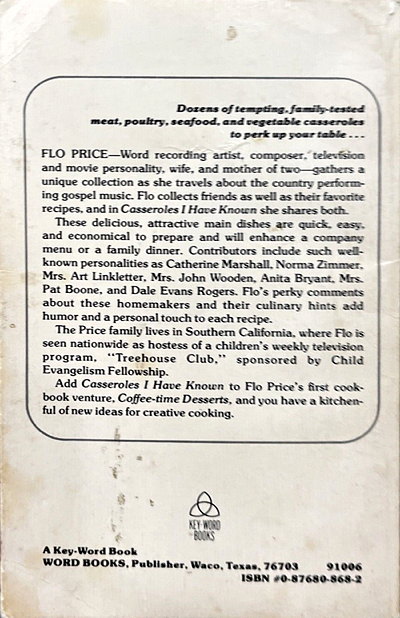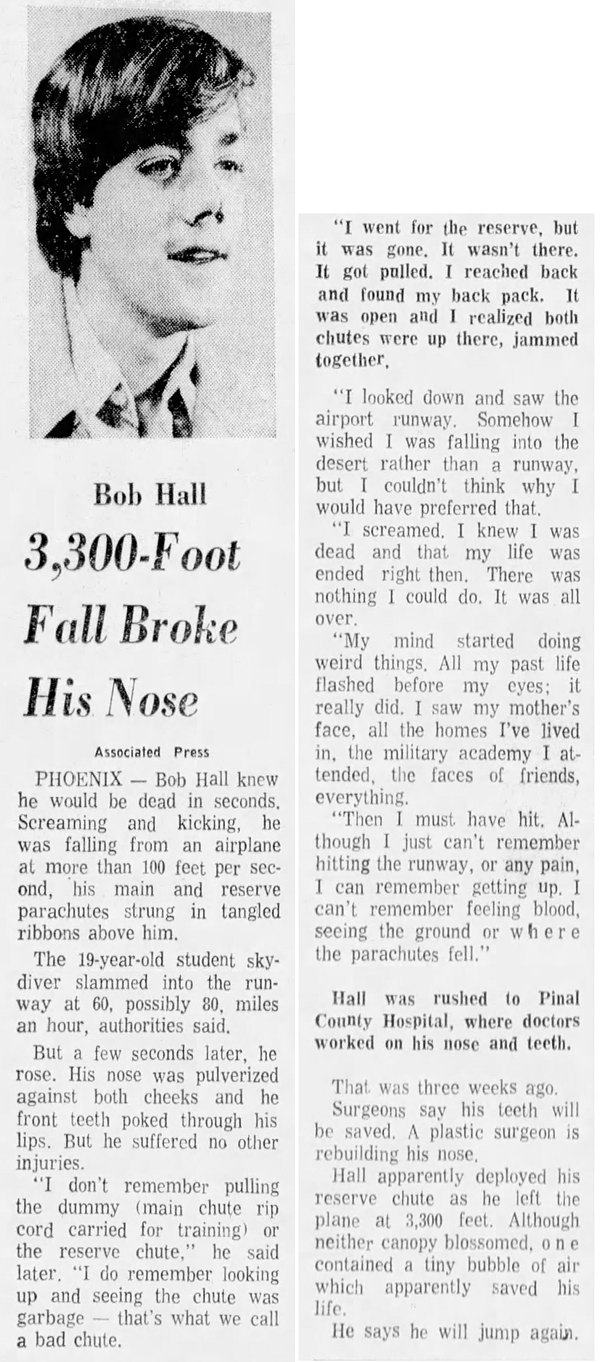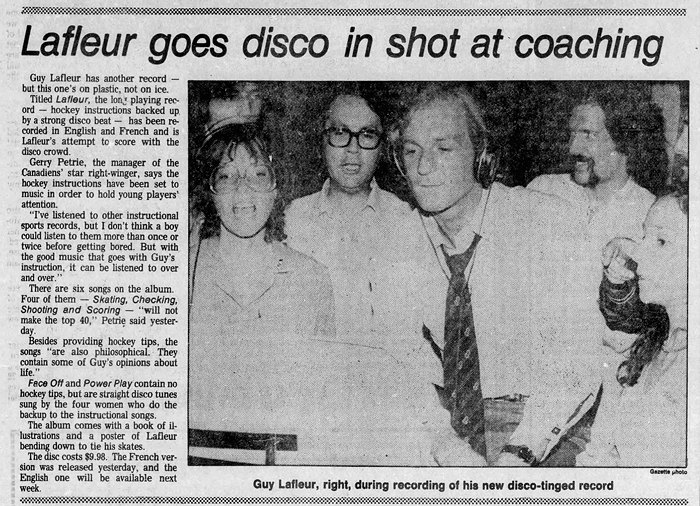1970s
For Carl Andre
For Carl Andre is a 1970 artwork by Lynda Benglis. It consists of a heap of polyurethane foam sitting in the corner of a room. It's owned by the Modern Art Museum of Fort Worth.
The title refers to the sculptor Carl Andre, known for his ultra-minimalist works. For instance, one of Andre's more famous works, Equivalent VIII, consisted of a rectangular stack of bricks. The Fort Worth Art Museum catalog notes:
So it's not "strictly pejorative," but maybe it's slightly so? Or satirical?
Posted By: Alex - Wed Feb 08, 2023 -
Comments (3)
Category: Art, 1970s, Satire
Pixillation
The creator's Wikipedia page.
Posted By: Paul - Sun Feb 05, 2023 -
Comments (1)
Category: Movies, Special Effects, Surrealism, Psychedelic, 1970s
Follies of the Madmen #554

Posted By: Paul - Tue Jan 31, 2023 -
Comments (1)
Category: Excess, Overkill, Hyperbole and Too Much Is Not Enough, Correspondence, Telegrams, Letters, and Other Written Communications, Advertising, 1970s
Motor Mouse and Autocat
The Spanish dubbing in the second clip only adds to the mystique.More info here.
Posted By: Paul - Sun Jan 29, 2023 -
Comments (2)
Category: Anthropomorphism, Motor Vehicles, Cartoons, 1970s
The Senster
Explanatory text from Are Computers Alive? Evolution and New Life Forms, by Geoff Simons (1983).Watch it in action below. The people desperately trying to get its attention clearly hadn't watched enough horror movies to know what usually happens next in situations with sentient machines.
More info: senster.com
Posted By: Alex - Wed Jan 25, 2023 -
Comments (2)
Category: Art, Technology, AI, Robots and Other Automatons, 1970s
Follies of the Madmen #553
In 1970, everything was psychedelic, including kids' vitamins. The subtext of handing out groovy pills could not be denied.
Posted By: Paul - Sun Jan 22, 2023 -
Comments (1)
Category: Advertising, Children, Nutrition, Psychedelic, 1970s
Casseroles I Have Known
For some reason, this 1973 cookbook sounds rather melancholy.

Posted By: Alex - Thu Jan 19, 2023 -
Comments (3)
Category: Cookbooks, 1970s
Rent-a-Drunk
For only $3 a night, Colin White would rent out one of the drunks from his pub to liven up a party.So his employees could legitimately claim to be professional drunks.

Asbury Park Press - Nov 26, 1971
Posted By: Alex - Wed Jan 11, 2023 -
Comments (3)
Category: Business, Inebriation and Intoxicants, Jobs and Occupations, 1970s
The man who fell 3300 feet and only broke his nose
1972: 19-year-old Bob Hall fell 3300 feet when his parachute malfunctioned. He landed face first on a runway. Somehow, he not only survived, but he only broke his nose and busted up his teeth.The photo below was taken after his fall.


Related posts:
Posted By: Alex - Mon Jan 09, 2023 -
Comments (1)
Category: Accidents, Human Marvels, 1970s

| Who We Are |
|---|
| Alex Boese Alex is the creator and curator of the Museum of Hoaxes. He's also the author of various weird, non-fiction, science-themed books such as Elephants on Acid and Psychedelic Apes. Paul Di Filippo Paul has been paid to put weird ideas into fictional form for over thirty years, in his career as a noted science fiction writer. He has recently begun blogging on many curious topics with three fellow writers at The Inferior 4+1. Contact Us |





